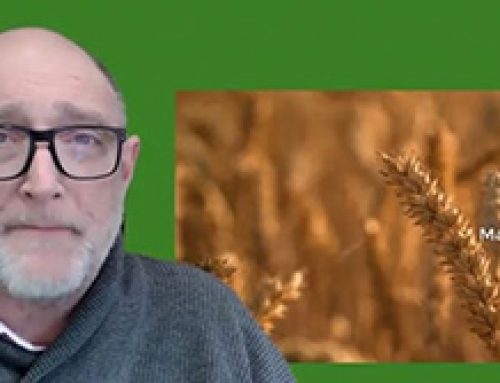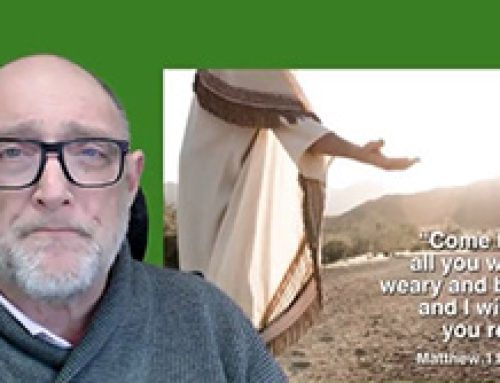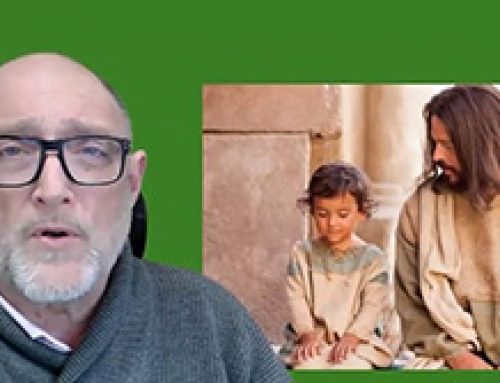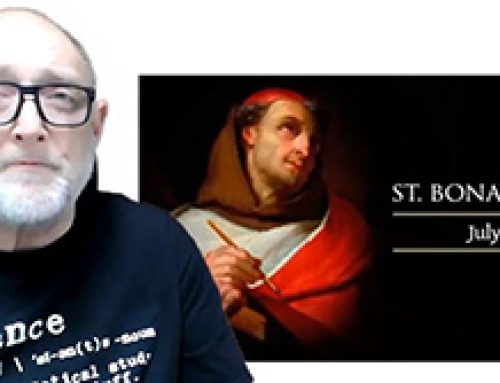Fr Paul Gooley reads today from the Gospel of John (4: 43-54) in which an official whose son is ill urges Jesus to come and cure him. In an act of faith, the man returns home immediately when Jesus says to him ‘Go home your son will live’.
Fr Paul says the story of the official’s son comes in three of the Gospels (Mark is the only one that leaves it out) and there are slight variations across the three. Here, in John’s account, it is the son of a court official, which fits the fact that Galilee in the time of Jesus was ruled by Herod Antipas, who boasted an extensive court – it was for their entertainment that he had John the Baptist beheaded.
In the Matthew/Luke’s tradition it is a centurion, possibly Roman but more likely a gentile mercenary. Luke stresses that he had earned the attention of Jesus by paying for the building of a synagogue. In each tradition the official is the paradigm of gentile faith in Jesus.
At the end of the account of the cure of the boy John mentions that this was the second sign given by Jesus. The first twelve chapters of John contain seven signs and are often known as ‘the Book of Signs’, for in John the miracles of Jesus have a subtly different sense from that of the other Gospels.
In the other Gospels the miracles show the beginning of the Kingship of God, Jesus’ triumphing over disease, blindness, alienation and death, and so ushering in the Kingship of God.
In John the miracles are often explicitly called ‘signs’ and they are signs of spiritual values and of Jesus’s own glory. Thus, the first sign at Cana, the conversion of the water of Jewish purification into wine, is a sign of the wedding-feast of the Messiah, the joyful union of God with his people. Our present story, in today’s Gospel, is the second sign, the gift of life. In John life always has at least the overtones of eternal life, for Jesus has come to give eternal life.
Fr Paul invites us to consider, in Lent, what do I need to do to have life?






Leave A Comment